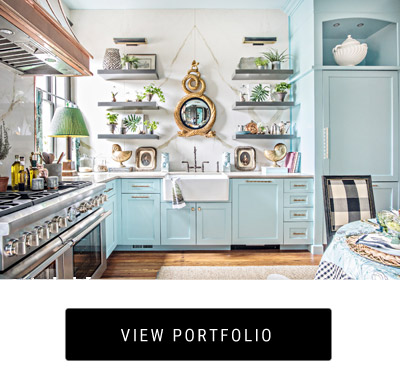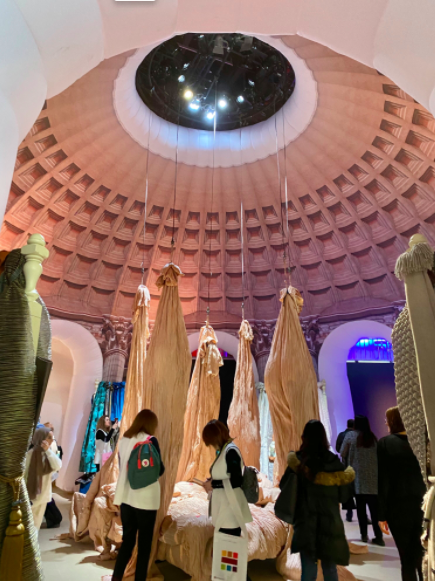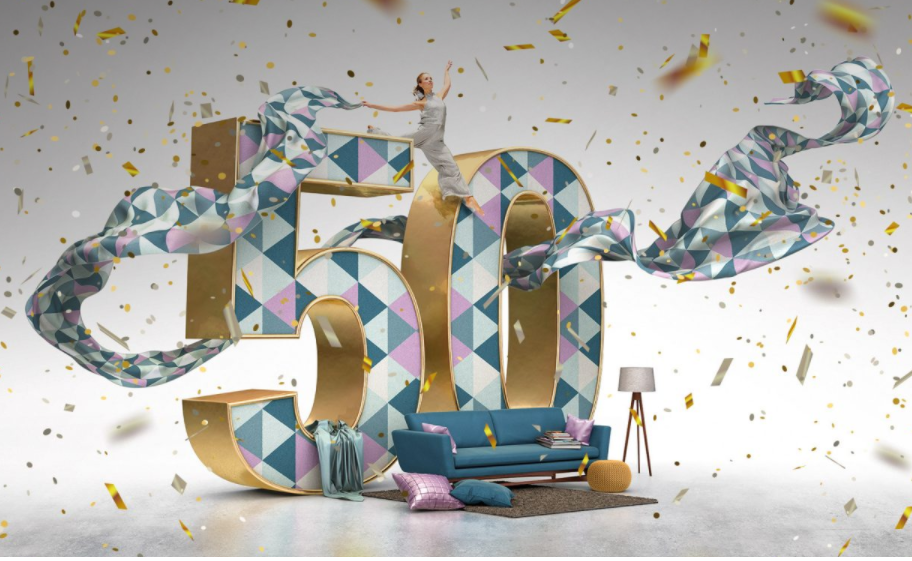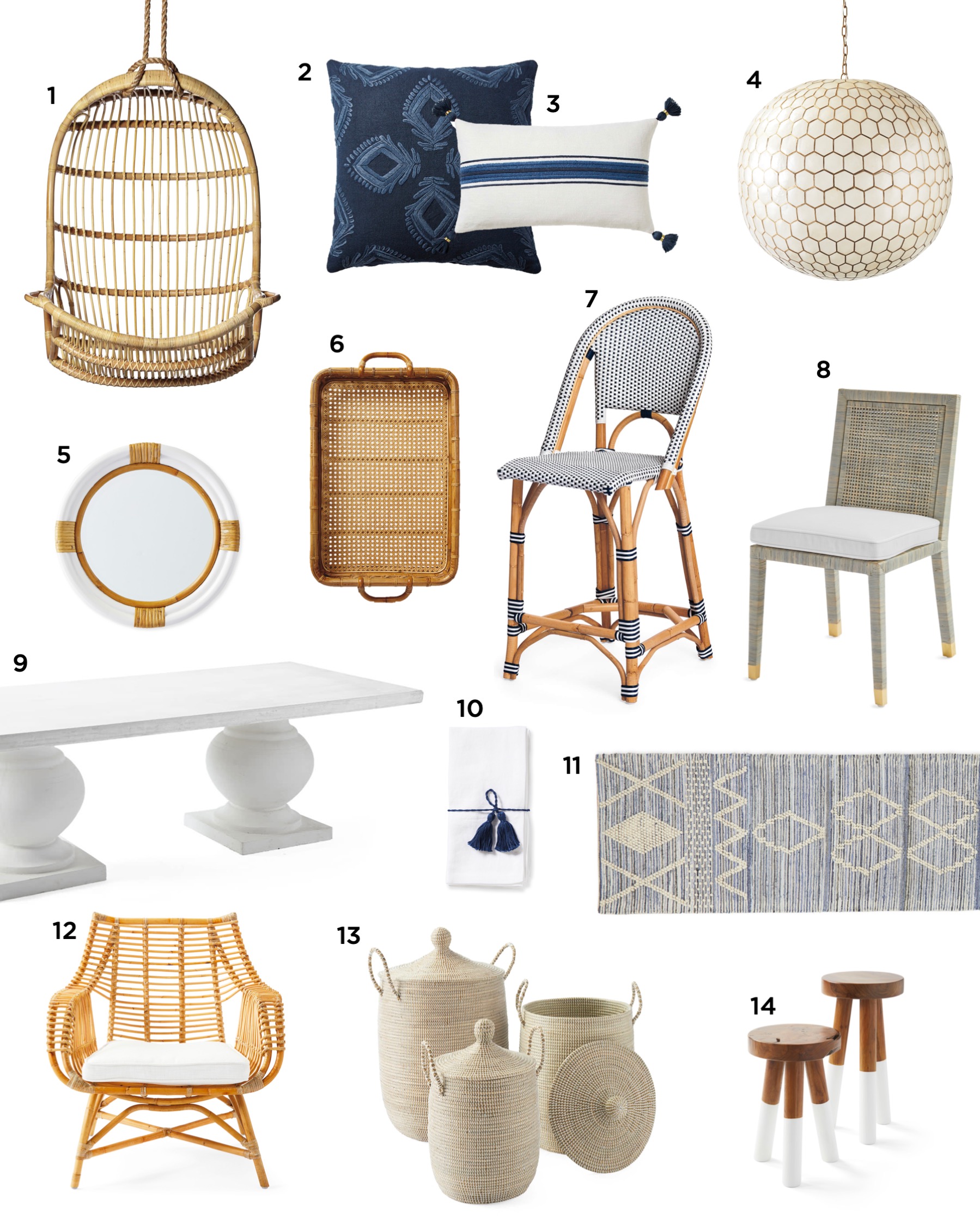[siteorigin_widget class=”SiteOrigin_Widget_Image_Widget”][/siteorigin_widget]
I’m sitting home today working a little on my computer and watching the snow comes down. It is a beautiful winter wonderland in Charlotte. I love the solitude the snow offers. Snow seems to stop the world in the south. Everyone retreats to their homes after frantic grocery store trip the day before the “big snow” which typically ends up being only a few inches.
We like to act like it is a big deal even if it isn’t. I have been using the time refining my contract which was much needed and all my business paperwork. I’m getting organized and ready for 2017.
Click here to continue reading….
It is going to be a great year and has already started with a bang! I always review the past year and evaluate the projects I completed and the work that was done not only for clients but also showhouses and special industry events and projects. I think looking back can help me to be better in moving forward. As I get older, it becomes increasingly important for me to identify my ideal clients not just for myself but also so that the clients I chose are happy when the project is complete. I’ll talk a little more about that at the end of the post but before I do, let’s take a gander at the project I did for the Southeastern Showhouse for Atlanta Home and Lifestyle Magazine.
[siteorigin_widget class=”SiteOrigin_Widget_Image_Widget”][/siteorigin_widget]
When I agreed to do this project, I didnt’ realize the mudroom was
10″ x 20″ with 12 ft ceilings. In other words, it was a massive mudroom.
Elizabeth Ralls the editor of Atlanta Home and Lifestyles sent me the floor plan but I really didn’t pay much attention to the size. When I visited the space on site, I realized it was a room, so I decided to treat it as a back foyer instead of a “mudroom”. The house was beautiful so it needed a beautiful back entrance as stunning as possible.
I decided to use Dorothy from The Wizard of Oz as my inspiration.
It seemed the appropriate choice for the mudroom. I could picture the homeowner, arriving from a frazzled day and entering the calm of the mudroom room and thinking, “whew, there’s no place like home.”
I always like to use local artists so I reached out to Mark Boomershine and asked him to paint one of his iconic paintings of Dorothy which he
willingly agreed to do. It was perfect! Dorothy became a conversation piece with all who entered the mudroom. She was the focal point of the space and everything else was a compliment to her. Mark chose to represent the rainbow in colorful prisms around her head and painted a necklace around her neck which said “There’s no place like home.”
His modern interpretation of Dorothy was spot on!
The rest of the room held references to the Wizard of Oz. There were colorful geodes from Times Two Designs to represent the Emerald City. A throw on the bench to represent the lion, and even a pair of ruby red slippers casually tossed as if Dorothy had entered and left her slippers at the back door.
[siteorigin_widget class=”SiteOrigin_Widget_Image_Widget”][/siteorigin_widget]
Times Two Designs loaned me this beautiful seafoam green
lamp. I chose a mirrored chest from Century and frameless
mirror from Bassett.
[siteorigin_widget class=”SiteOrigin_Widget_Image_Widget”][/siteorigin_widget]
Thibaut Designs was one of my room sponsors so I chose this beautiful
Sri Lanka fabric for the drapery and grey grasscloth for the walls and chinoiserie paper for the ceiling. A pair of Danish modern vintage chairs
were a perfect choice to provide seating for the room. The side table
between the chairs is a hoof table by Bliss Studios.
[siteorigin_widget class=”SiteOrigin_Widget_Image_Widget”][/siteorigin_widget]
Above the built-in seating, there was a chalkboard where I had local artist Kristin Davis paint “There’s No Place Like Home”.
[siteorigin_widget class=”SiteOrigin_Widget_Image_Widget”][/siteorigin_widget]
I also designed the Friends Porch which was outside the mudroom.
My inspiration for this space was just that “friends”. The porch was the perfect spot for friends to sit and chat. I borrowed a painting from Charlotte Artist , Windy O’Connor called “Hot Chica” to provide a focal point and also had a painting from former Atlanta resident, Christy Kinard, call “Bing, Bang, Boom”. On the sofa, I included pillows of all my favorite designer friends, such as Karl Lagerfield, Anna Wintour, Jonathan Adler, Iris Apfel and even Julia Child, which I found on etsy. Bliss Studio pillows add a little pop of colorful pattern. Vintage brass palm trees light the corner of the porch and provided ambient lighting at night time. Furniture was custom chosen from Lloyd Flanders. The rugs were Dash and Albert polypropylene for easy care. I finished the space with custom made drapery in Thibaut calypso outdoor fabric in aqua trimmed in black and white greek key trim. The vintage dining set is adorn in Trina Turk outdoor fabrics and Thibaut calypso fabric pillows custom made in lime and aqua.
[siteorigin_widget class=”SiteOrigin_Widget_Image_Widget”][/siteorigin_widget]
All Photography by Emily Followill
I hope you enjoyed the tour of my Atlanta project. Now, let’s chat about ideal clients. Why is this important?
Designers and clients spend a great deal of time together. You must make sure you are entering a relationship which will be amicable for both you and your client and how to be the ideal designer.
Ok, so you have hired your designer, what now? Let’s look at how to be the ideal client and designer why both are important to the success of your project.
Who Is The Ideal Client?
1) They do their homework and ask lots of questions to make sure the designer is understanding what they want to accomplish. Yes, it is the responsibility of the designer to get it right but the client must feel comfortable and make sure their desires and thoughts are being understood. It doesn’t hurt to ask the designer to reiterate wants and needs in the initial meeting.
2) Come to the first meeting prepared. Arrive at the initial meeting with pictures of what they want. Tear out pages from home decor magazines, print things from online or have photographs in a notebook or file of what they want or like. The old saying a picture is worth a thousand words is accurate in this situation. Sometimes clients think they want contemporary when what they really want is modern. There is a difference.
3) Are willing to sign a contract if asked. If the designer doesn’t offer a contract, ask for one. This is a business deal and you both need to understand the terms of service.
4) Allows the Designer to do Their Job. Allow the designer to lead the project. They are not pushy. If they are pushy, the designer may just say yes to get them off their back rather than do what is right for the job. Let’s hope the designer is experienced waylaying client fears, but if not the client must express their desire and ask the designer when to expect certain things to be done.
5) They understand custom design takes time. Be willing to wait the 10-12 weeks if necessary for custom design for your project. If you are not willing to wait either choose a designer who can work on a deadline or work with a designer in a retail store where the items are readily available. A “To the Trade” designer wants your project to be special, not designed with “off the retail floor” items. However, there are some designers who can turn projects around quickly. If you are in a time crunch make it known up front so the designer can be realistic about what he or she can do for you.
6) Have a reasonable budget set aside for quality products “To the Trade” products for your size home. “To the Trade” products are typically why people hire designers and these items are typically artisan and handmade which typically cost more than off the shelf items which anyone can purchase.
7) Don’t buy around the designer. Resist the urge to shop around in stores or online thinking they can find something quicker or cheaper. Nothing is more frustrating to a designer than to arrive and find the client has purchased something that isn’t right for the room just because it was readily available or a few hundred dollars cheaper than what the designer specified. It may be taking the designer time because the one elusive item is of key importance to your room. One wrong purchase can throw off an entire room and ruin the work the designer has already done causing the designer to have to redesign the room to accommodate the “new purchase” which will end up costing the client more money and mostly likely a less than stellar finished product.
8) Will have the decision makers present for all meetings. If the husband is the decision maker he needs to be present. Don’t waste your time or the designers meeting to finalize options without the decision maker.
9) Will Not Try to Design By Committee In other words will not ask the opinions of their neighbors, sisters, or others in what the designer has chosen. Have faith in the designer’s opinion. Asking the opinion of others who are not designers is dangerous. The client will only end up frustrated and will lose the respect of their designer.
9) Be honest and up front. Communicate any concerns with your designer. They cannot fix things they don’t know are an issue.
10) Trust Your Designer. The trained designer knows what you need for your project and their choices are based on experience. The ideal client doesn’t second guess the designer’s suggestions, If the designer thinks the client needs two lamps on a dresser the client should trust them. A designer recommends things because they know the needs of the functionality of a room as well as the design aspect for aesthetics.
To second guess the designer can cause the client to spend more in shipping later in the game or have to wait for the proper items to be delivered making the project prolong. In the end, if you trust your designer you will get the best project possible which will be beautiful and functional as well.
How to Be The Ideal Designer
1) Don’t take jobs if you don’t feel in your gut they are not right or do not align with your aesthetic, brand or company. This is huge! If your style is traditional and you get a request from a client whose style is contemporary, or vice versa, pass! You will be working outside your comfort zone trying find items you know nothing about with companies where you don’t have relationships, trying to establish with brands and meet minimums. It just isn’t worth it. Is the job on a remote island and you don’t have a team built for travel? Unless you are willing to hire people, don’t take the job. Did you get a vibe that the client is wishy washy or too demanding in the initial meeting? Might be a red flag. Keep your eyes open for red flags and listen to your gut instinct. However, if you decide to work with the client, then follow the rest of this advice.
2) Listen to the client
3) Complete a thorough interview process with the client. Have a questionnaire the client can fill out which will give insight immediately to your client’s needs and scope of work.
4) Determine the budget. If the client says they don’t have a budget, remind them that everyone has a budget and it is ok to say what it is or determine what money it will take for you to complete the work and give a rough estimate to determine if the client can afford to hire you.
5) Can provide a reasonable time line for the client.
6) Communicate. Find out how your client prefers communication and communicate in that manner. Do they prefer a phone call, text, email or all three.
7) Make the client aware of how you communicate. Do you get back to client’s emails, phone calls, etc in 2 hrs or within 24 hr. Do you like to email, text, phone?
7) Keep the client informed at all phases of the project. If an item is on back order let them know. If an item arrives broken, let them know. Keep them up to date and with regular check-in’s will keep the client happy and they will know you are on top of things.
8) State Work Hours Up front! If you don’t work on the weekends or after 5pm, let the client know that you don’t. Any communication sent on the weekend or after 5 pm will be answered on the following work day. With the current “always connected” way of society now, a client may fire off an email at 10 pm at night and expect an answer. Let them know your working arrangements so they will understand. They are sometimes thinking about their project at night but you may need down time to be productive the following workday so let them know your hours and schedule of active communication.
9) Stay on budget. If you see you might be going over budget, alert them and give the opportunity to make other choices. Dont’ wait til it’s done and expect them to pay up later.
10) Place orders on time. Once you have a deposit to order items, order and keep on track.
11) Have a contract with the client which spells out all the details of your working arrangement and project expectations with billing, costs, etc.
12) Check to Make Sure Items Are Readily Available. Make sure items are in stock before you present if you are on a time constraint
13) Be transparent
14) Bill on time.
15) Follow up and follow through.
What to say if you don’t want to work with the client?
1) Be honest, tell them you don’t think you are the right fit for them. You can suggest someone you think might be or you can simply tell them it isn’t you. Honesty is always the best policy. If they insist that it will work, stick to your guns. You will thank yourself in the long run.
What to do if you are working with a designer and you are not happy and want to end the relationship?
1) Be honest. Tell them why you are not happy. Tell them you want to end the contract and ask them how to do so. Most designers will end the contract reasonably if they feel things aren’t going well.
[siteorigin_widget class=”SiteOrigin_Widget_Image_Widget”][/siteorigin_widget]







